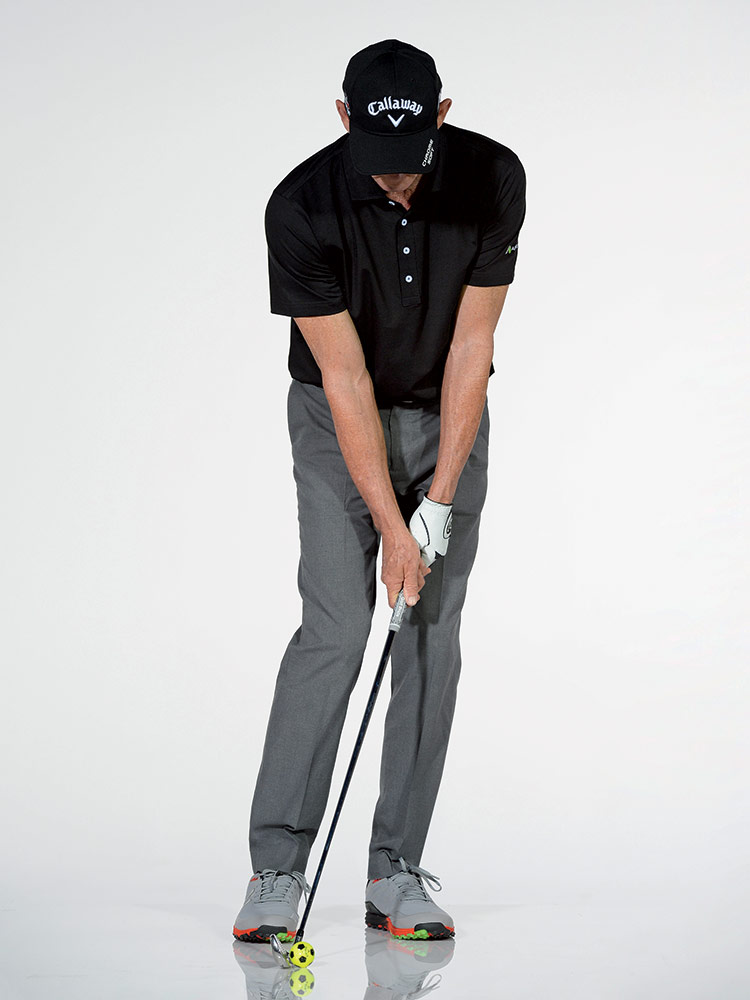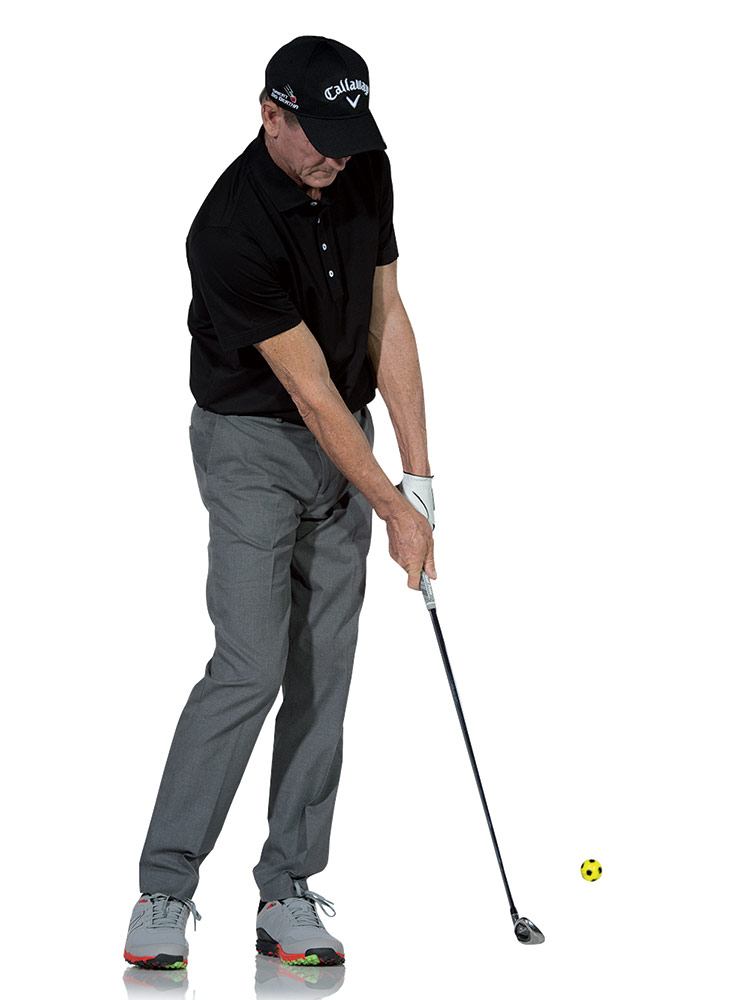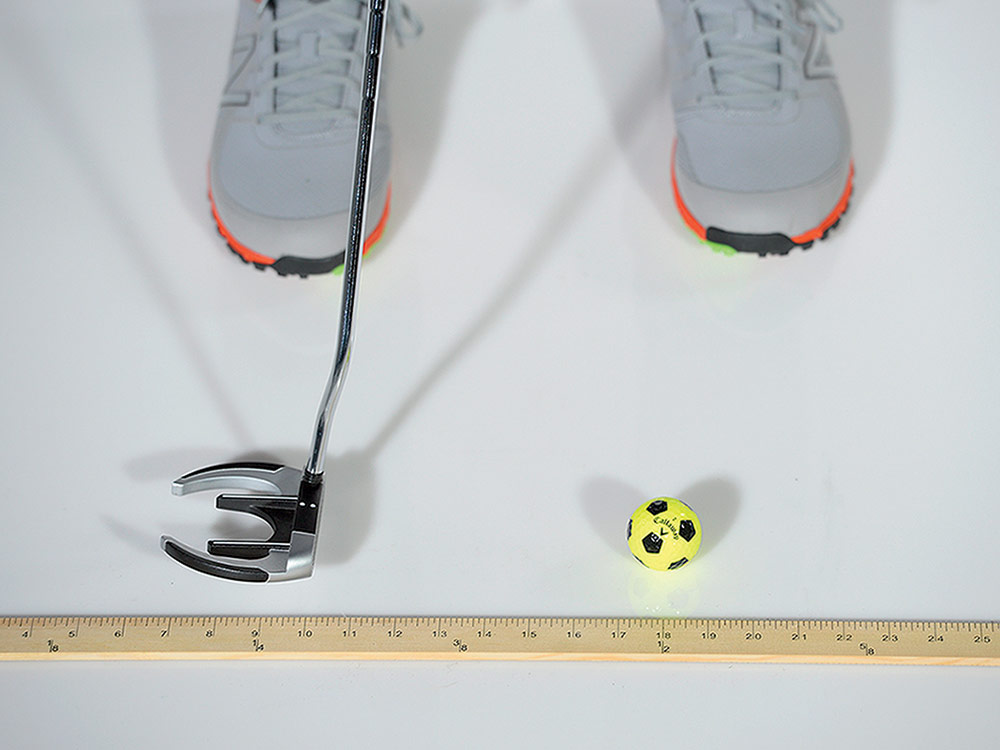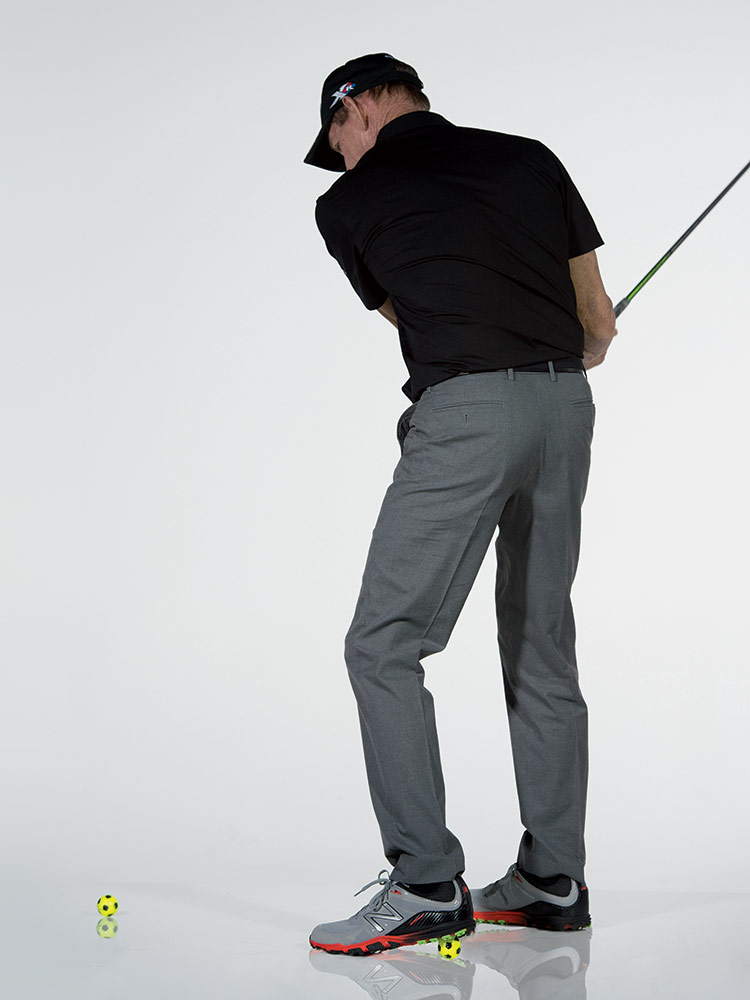The difference between a good round and a bad one is how well you avoid the three biggest shot-wasters in golf:
- Penalty strokes when hitting longer clubs;
- Needing two short-game shots to get the ball on the green;
- Three-putting.
To avoid these mistakes, I’ll first get your chipping and pitching sorted out. When you’re in close, you’ve got to get the ball on the green – anywhere on the green – with your first attempt. That’s why you need basic, reliable low and high shots. I’ll teach you how to execute both. Next, you’ve got to keep your full-swing shots – especially tee shots – in play. You can do that with a simple drill to eliminate the dreaded slice when you get back on the course. Finally, putting is an area where almost anybody can improve with a little attention to detail. I’ll give you a way to learn how to make the right-size stroke for each putt, which will leave you near the hole if you miss your first. Think how many strokes that will save you.
– with Matthew Rudy
Go With The Fail-Safe Chip
Things go wrong around the green when you get tentative – especially under pressure. At those times, go back to the basics and hit a safe, low chip with your pitching wedge. Open your stance slightly and play the ball back while keeping your hands centred and shoulders level. Now make a slightly descending putting stroke. Your setup promotes solid contact, and the putting stroke makes it easy to execute.


How To Loft It When You Need It
When you have to pitch over an obstacle, try this drill to get a feel for good technique: hold a club with your left hand so the shaft is hovering waist high over a ball. Now make one-handed swings with your right hand trying to hit a high pitch without striking the other shaft. You can only do this if you mimic a good underhand throwing motion with your right hand and let the club splash along the ground.


Perfect Lag Putting
Feel is being able to link your movements with a result, so learn what size putting stroke makes the ball go a certain distance. Using a ruler as a guide, hit a few putts with the same length backswing and follow-through and see how far the ball rolls. Then add an inch to both sides of a stroke and see what that does to your distance. Keep experimenting like this, and you’ll build a framework for speed control.

Straighten Your Long Game
A lot of trouble is found on the right side because designers know most players fight a slice. To avoid a slice and find the fairway, swing on an in-to-out path. To practise this, set up with a ball under your left heel and make some smooth swings, trying to hit straighter shots. If your path isn’t coming from the inside, you’ll lose your balance and probably miss the ball.



